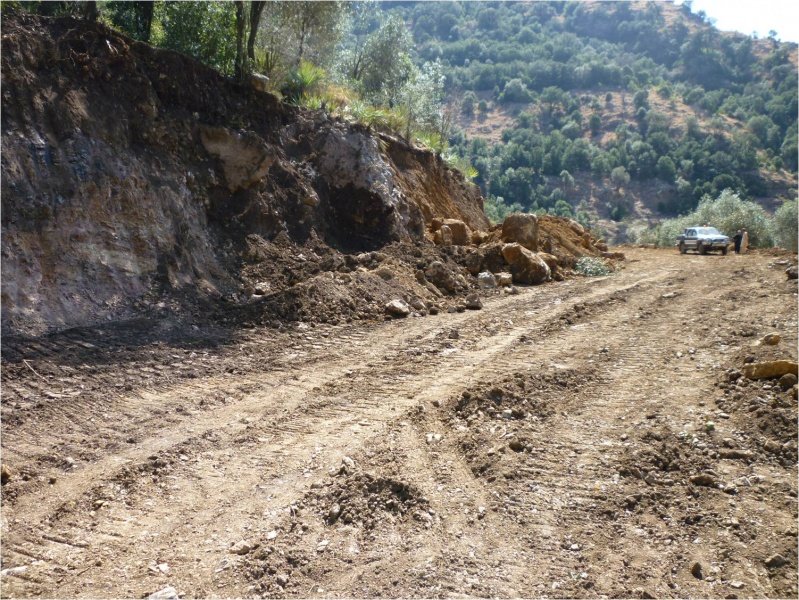
The project is part of the reforms agenda to mainstream the tribal areas and will cost $3.5 billion, shows a PC-1 available with The Express Tribune. Since land revenue and records are an integral part of economic development, it is extremely important to settle the issue as the displaced population of the area will be returning home, an official said. He added the project started its initial planning in March 2015.
“While the GIS mapping of all the tribal areas has been completed, the next phase is digitisation of the record” said the official. “By 2021, we shall have covered almost 70% of the land of Fata to digitise its record. He added 30% of the land was dotted with mountains.
The earliest of land records from Fata are dated back to the mid-sixteenth century when land was distributed on the basis of whether it was captured by a certain tribe. Most of these dealings were conducted verbally on the basis of the clan or khel, the sub-clan or tapa and the plareena or hereditary land.
The division is further made on the basis that the landowner or davetar leased out lands for services to working forces of tribes which included kasabgars, the clerics or serai and others. The shamilat are the collective lands of the tribes and sub-tribes and income is shared.
There are only areas where land records exist are Kurram Agency where the properties were recorded by the British once in 1905 and then a second time in 1943. In North Waziristan, the process was initiated by the British Raj in 1898. However, the rest of the tribal belt relied on verbal tradition and the jirga to settle land disputes.
Under Rewaj, the local tradition of land settlement has been given priority and the jirgas will be used to settle all disputes, explained a senior official involved in the initiative. “Almost all lands in Fata are recognisable by their owners” the official said. “Even the shamilat will be accordingly distributed. However, disputed land will not be included under the current initiative.”
He said the project will start from Kurram and North Waziristan agencies where formal settlements had taken place in the past, followed by the newly-established municipalities, command areas of significant dams, arable lands in Fata and then the rest.
The FATA Reforms Committee has proposed broad-based recommendations to bring the tribal areas at par with the rest of Pakistan.
The committee is finalising its recommendations to the federal government and will address issues related to the rule of law through Nizam-e-Adl.
Once the legal framework is extended to Fata, the official said rights of tribespeople will be brought to the level of the rest of the country.
He pointed out that property rights would be just as important as any others. Even documentation of the project clearly outlines the initiative as an effort to resolve property disputes in tribal areas to ensure lasting peace.
However; experts believe the process will not be an easy one as there are several disputed territories throughout Fata.
Published in The Express Tribune, June 25th, 2016.

1736509432-0/fizza-(7)1736509432-0-165x106.webp)

1736508886-0/fizza-(6)1736508886-0-165x106.webp)
1736507915-0/fizza-(5)1736507915-0-165x106.webp)

1736332856-0/Untitled-design-(20)1736332856-0-270x192.webp)



1736334465-0/sidra--(45)1736334465-0-270x192.webp)






COMMENTS
Comments are moderated and generally will be posted if they are on-topic and not abusive.
For more information, please see our Comments FAQ